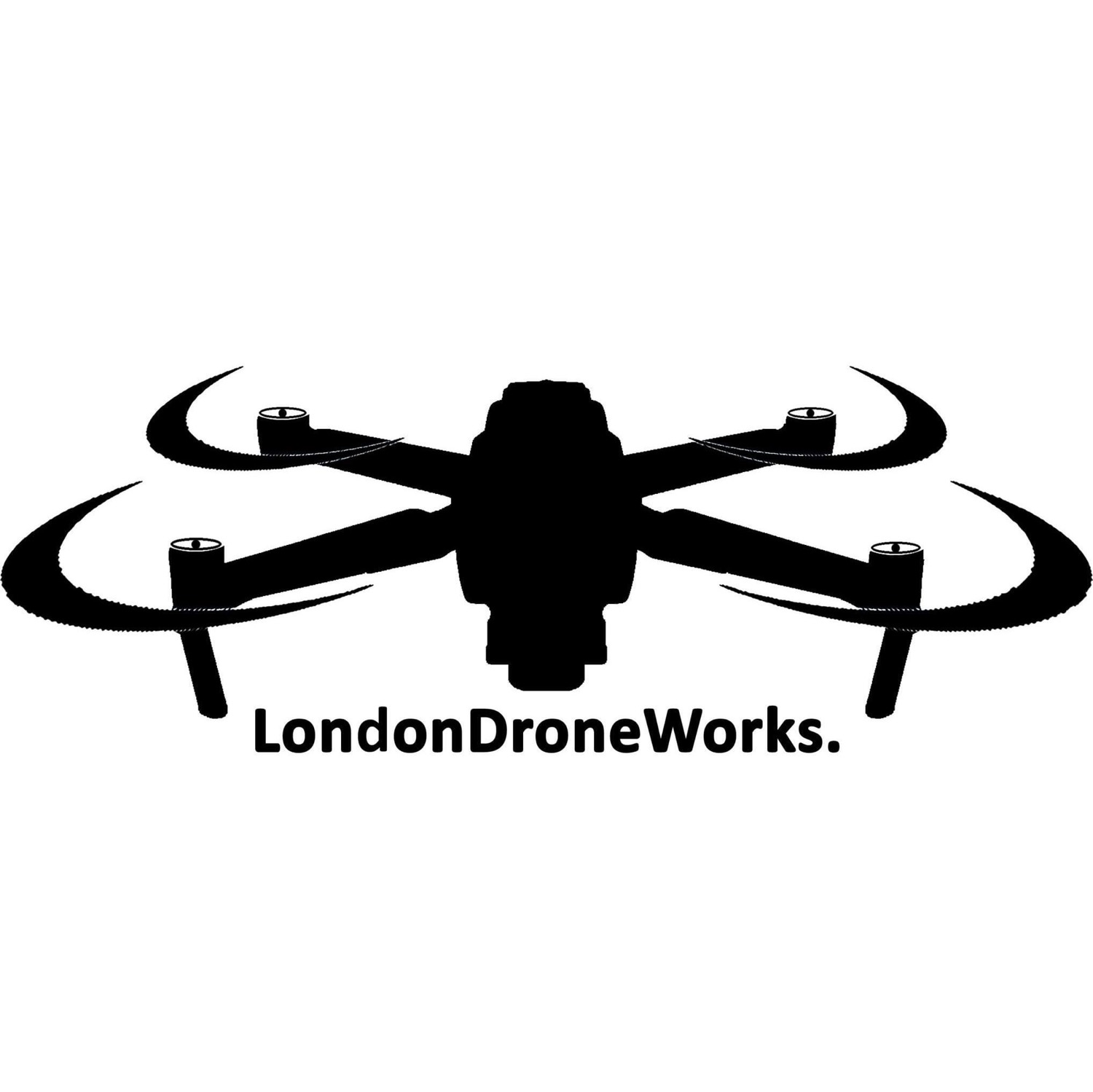Can you really safely and legally fly a drone in London?
- Joe Maw
- Apr 19, 2021
- 4 min read
Updated: Sep 20, 2021
As soon as you put the words “London” and “Drone” together in one sentence – alarm bells go off. One wrong move and next thing you know, you’re in national press and delaying flights in Gatwick. Well, maybe not to that extent, but London is indeed filled with skyscrapers, people, and the occasional airport.
You may or may not have heard about the changing drone regulations. Indeed – from 31st December 2021 regulations have changed and have become a little more complicated but as a basic. It is a legal requirement to register as a drone operator for all aircrafts over 250g in weight, known as MTOM or maximum Take-off weight as well as limits on the types of drone you can fly without qualification be approval.
So, if you have a smaller consumer drone like the common DJI Mavic Mini or mini 2 (249g - just one gram below), or any other lighter drone - you're in luck, there are slightly fewer rules for you to follow and less restrictions but otherwise, this applies for all drone flyers, regardless of whether you’re flying recreationally or not.
You must register your drone with the Civil Aviation Authority (CAA), and complete a basic online safety test and then away you go, if you don’t register and you’re still following all of the other regulations within the drone code, you may still be faced with a fine of up to £1,000 for failing to register and furthermore if caught being in breach of the rules that we mention below, can land yourself with fines of as much as £10,000!
So about London’s air traffic...
London is home to some of the busiest airspace in the UK and arguably the world, with several major Airports within its boundaries, not to mention the smaller recreational airfields and of course the military airfields and headquarters. It has various restriction zones or FRZs which prohibit the flying of aircraft within them, for example near to Buckingham Palace and Hyde Park, the Palace of Westminster (Houses of parliament) and of course the City of London as well as many other important and high risk, areas buildings and structures like on the isle of Dogs, with its skyscrapers and close proximity to London City Airport.
It is important to note that the flying of Drones over areas containing prisons, arenas, stadiums and military sites is strictly against the law and in cases can be punishable with a prison sentence if caught not following rules and being properly qualified and authorised!
These areas Can however be flown in, with the right permissions, which include: permissions to fly in densely populated areas known as Operational Authorisation issued by the CAA, risk assessments, long notice periods as well as a few other conditions noted below.
Commercial Drone pilots go through extensive training in addition to just simply registering their aircraft as an operator and, in order to gain those special permissions from the Civil aviation authority, that isn’t where it ends.
Pilots and Drone enterprises have to create whole safety management systems which are submitted to prove to the authorities that they have accounted for all scenarios with regard to process and procedure and these are scutinised thoroughly.
A commercial Drone Pilot or what is known in the business as a UAS (Unmanned Aerial System) or UAV (Unmanned Aerial Vehicle) remote Pilot, wanting to fly in London and the surrounding areas, much like many other UK cities, must also undertake a series of risk assessments, gain permissions for their flights from Landowners for the purpose of landing and taking off, the local authorities, the Metropolitan police and even diplomatic protection agencies in London depending on the areas to be flown in or over.
This of course is all in addition to the public liability insurance that a UAS operator must have to protect themselves, the pubic, vehicles and property.
London Drone Works have specially trained and insured remote pilots and drones, which allow them to operate in these densely populated areas following specific risk assessments and Operational Authorisation from the CAA and NATS.
The short answer to the question is YES! You can fly a drone in London, as long as you do it right!
The Home Office has confirmed that the CAA (Civil Aviation Authority) and the NPCC (National Police Chiefs’ Council) are joining forces to act on drone crime.
The new campaign has been announced for the UK following a record high of 336 drone-related crimes within the last 5 months.
‘Operation Foreverwing’ comes shortly after the introduction of new drone laws in the UK (brought in at the beginning of January, imposed by EASA) which has seen an increase in the confusion surrounding the safe and legal use of drones.
The new campaign will see an increase of dedicated teams across the UK that will be tasked with enforcing the fines and confiscations of drones if individuals are not sticking to the rules.
The campaign will also seek to encourage further education regarding the laws of drone flying while reminding the public of the consequences of not following the rules.
To find out more about our qualifications, insurance and flight planning and previous projects and services Visit us at www.LondonDroneWorks.co.uk



Comments